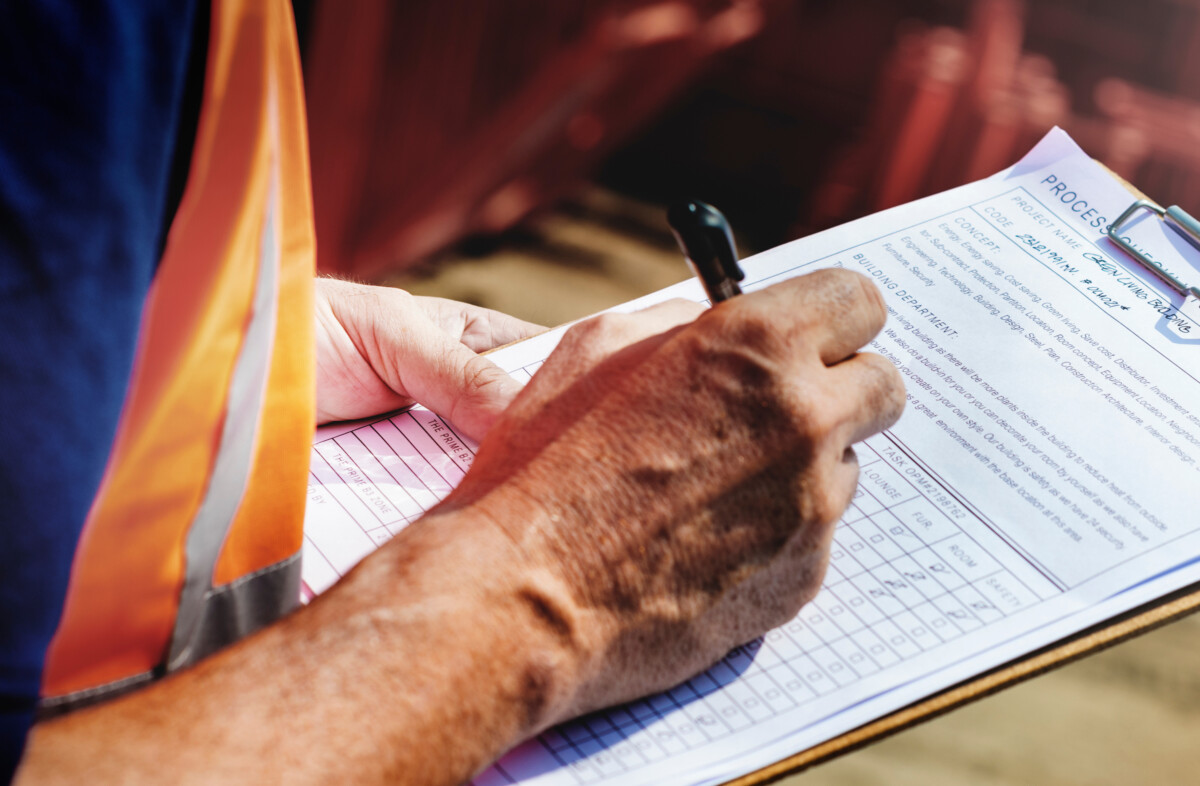How to save energy in your community building
At the Centre for Sustainable Energy (CSE), we’re already hearing of communities forced to make difficult decisions to close buildings or limit activities because they can’t afford energy bills. These community hubs are important places where local people come together to socialise, learn, access key services, stay warm and access affordable food. Here’s some energy saving top tips from our community team at the CSE…
Along with our partners, CSE continues to lobby the government and large-scale funders for appropriate, meaningful support. But in the meantime, there’s a range of options to help save energy in your community building right now. Not only will this help keep costs down, if your building is warmer and more comfortable, more people will want to use it.
Energy saving tips for community buildings
A walk-around will help you understand where there are opportunities for improvement. CSE’s energy survey has a great list of questions to ask and answer which will give you loads of insights. If your building is large with multiple floors and rooms, check to see if it has a Display Energy Certificate (DEC) which will have recommendations for improving the building’s energy efficiency.
Fit low-cost secondary glazing on non-opening windows. Did you know about 10% of the heat loss is through windows? Secondary glazing can be a cost-effective way of reducing this and a good option if double glazing is too costly or you’re not allowed to install it.
We worked with Pill Village Hall to secure a grant for installing double glazed windows as well as a new blind. The community group said these changes significantly improved the warmth of the building and this means they use the rooms more regularly in the late winter months for activities like Yoga, Tai Chi and Short Mat Bowls.
No really! Ensure you have thick curtains over windows and external doors and close them when it’s getting dark. This will help keep draughts out and warm air in. We’ve found many community buildings don’t have curtains.
If you don’t have it, install it! Even if you do have it, double check the current thickness because roof insulation can settle and scatter over time (270mm is the recommended depth). Around a quarter of heat is lost through the roof in an uninsulated building. Installed correctly, roof insulation should pay for itself many times over in its lifetime.
Make sure you’re only heating spaces that need it, and not wasting energy heating spaces that don’t. If your building doesn’t always have someone on-site, smart heating controls, which you can control via a smartphone, could be a good option.
Knowing how the building is used will allow you to heat it more efficiently. Consider changes so you’re not unnecessarily heating underused or unused spaces. You might consider using smaller rooms or concentrating use of the building over fewer days. You could also use individual heaters (for example infra-red, or halogen heaters) to heat individual rooms, rather than heating the whole building.
You can also use the thermostatic radiator valves (TRVs) on radiators to control which rooms receive the most heat, turning radiators down in rooms you use less often. But remember, if your building is left unheated for prolonged periods of time you may experience damp problems.
Have your boiler checked regularly and get your radiator system flushed (or bleed your radiators) so it’s most effective.
Raise awareness amongst building users of the steps you are taking to manage energy use and be able to keep the building open and warm. Explain the things they can do to support this effort through posters and social media, on your website and in the terms of use for room bookings.
You’ll be able to see where heat is leaking from your building. Most of your building’s energy use will be on heating, so this is an effective way to know where to prioritise effort. Find out if there’s a project near you that can lend you a thermal imaging camera – sometimes the local council, community environment groups or even your local university will have a camera you can borrow.
It’s a good idea to think about the longer-term resilience of your community building. Larger energy saving building improvements, often known as retrofit, could include installing wall and floor insulation; changing your heating system to a more efficient, low-carbon option; smart technologies or even installing solar PV. To get started, take a look at Local Trust’s Retrofit your community building resource, which CSE helped to create.
We worked with Halton Community Association who received a grant to install new lights and put tap sensors in place in their bathrooms. This saved energy and around £980 per year. The building is much brighter and the changes to the taps are more user friendly, hygienic and use a lot less hot water.
More energy saving advice
For lots more energy saving information from insulation, to solar panels, smart meters and energy efficient doors and windows, check out our advice pages.




